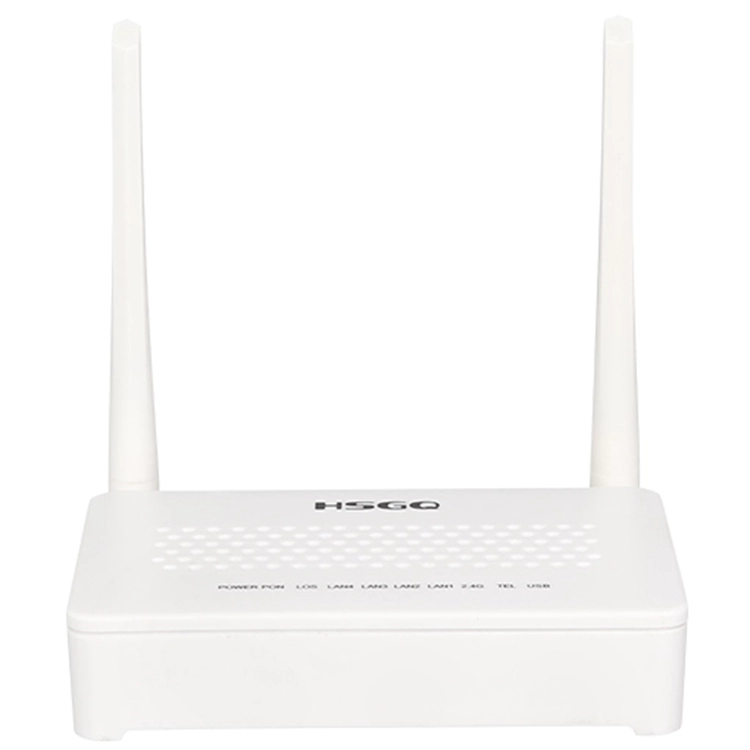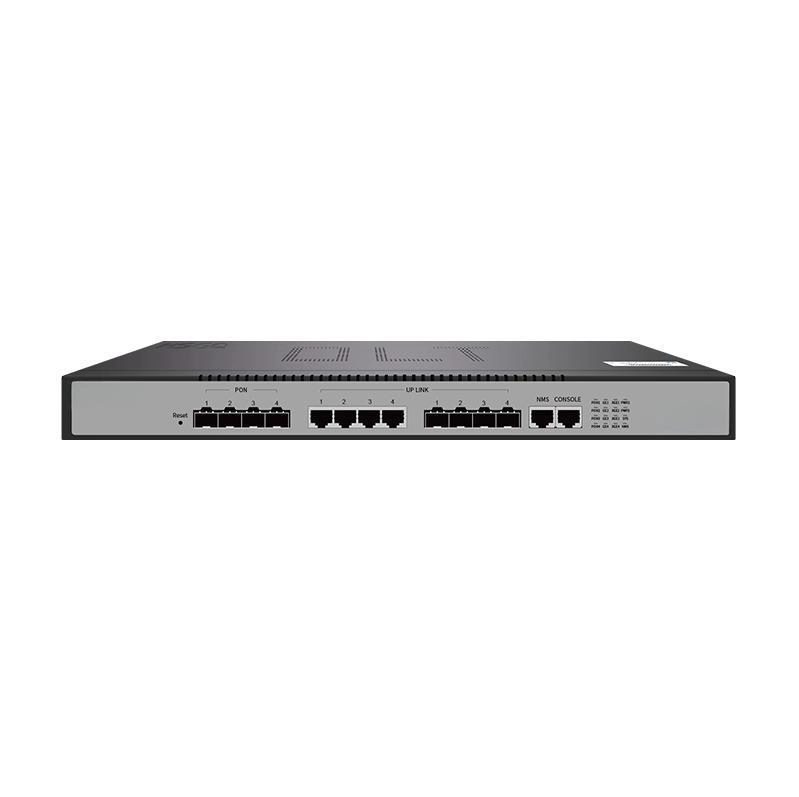EPON OLT 4-Port Fiber Modem for WiFi Router Integration详细介绍:
本产品是一款集成化光纤接入解决方案,专为中小型网络场景设计。作为EPON(以太网无源光网络)的光线路终端(OLT),它通过4个高速光纤端口连接至远端光网络单元(ONU),支持全千兆接入能力。设备内置WiFi路由器功能模块,可同步提供无线覆盖,实现光纤+无线的融合组网。采用模块化设计,支持电信级可靠性,适用于社区宽带、企业分支、酒店网络等场景,提供高带宽、低延迟的网络传输服务。
EPON OLT 4-Port Fiber Modem for WiFi Router Integration核心特点:
- Four-port expansion capability
- Four independent EPON ports are provided, supporting chain/tree networking, with a single port covering a radius of up to 20km, meeting multi-area access requirements.
- Optical fiber + wireless integration
- Built-in dual-band WiFi 6 router module (2.4GHz/5GHz), supports MU-MIMO technology, with a wireless rate of 1.8Gbps, achieving seamless wired/wireless integration.
- Intelligent Bandwidth Management
- Dynamic bandwidth allocation (DBA) technology automatically optimizes up and down traffic, supports QoS policy configuration, and guarantees priority transmission of key services.
- Centralized operation and maintenance management
- Equipped with Web/SNMP/CLI three-in-one management interface, it supports batch configuration, performance monitoring and fault warning, simplifying multi-node network operation and maintenance.
- High reliability design
- Dual power redundancy (optional), hardware-level link aggregation, and fiber protection switching mechanism ensure 99.99% network availability.
- Flexible deployment model
FAQS:
Q1: Do the four fiber ports of this device support independent bandwidth allocation?
A: Yes, each port can independently configure bandwidth caps to support service-based hierarchical QoS policies. For example, port 1 can allocate 500Mbps for guaranteed video streaming, and port 2 can allocate 200Mbps for general Internet access to achieve fine-grained traffic control.
Q2: What are the advantages of the built-in WiFi module compared to the external router?
A: The built-in module adopts WiFi 6 technology, which is integrated with the unified management interface of the device, and supports seamless roaming and automatic channel optimization. Compared with external routers, it can reduce network nodes, reduce latency, and avoid wireless backhaul interference through fiber optic direct connection.
Q3: How does the DBA function improve network efficiency?
A: The DBA detects the link load in real time and dynamically adjusts the bandwidth allocation of each ONU. For example, during low-load periods in the late night, the bandwidth is automatically shrunk to 50Mbps energy saving; during peak hours, it is extended to 1Gbps to ensure user experience.
Q4: What typical scenarios is this device suitable for?
A: Mainly used in small and medium-sized campus networks, chain stores, smart hotels and other scenarios. For example, after a hotel is deployed, it covers 4 guest rooms through 4 ports, and each building is connected to 64 guest rooms ONU. At the same time, WiFi covers public areas to achieve an all-optical + wireless integrated network.
Q5: How can the equipment achieve high reliability?
A: Through a triple mechanism: 1) dual power hot standby (optional) to ensure uninterrupted power supply; 2) fiber protection switching (50ms switching) to deal with link failures; 3) VRRP protocol to achieve management plane redundancy. Measurements show that the recovery time of a single point of failure is less than 3 seconds.
 English
English  Spanish
Spanish  Portuguese
Portuguese  Arabic
Arabic  Russian
Russian  简体中文
简体中文 


 Location:
Location: 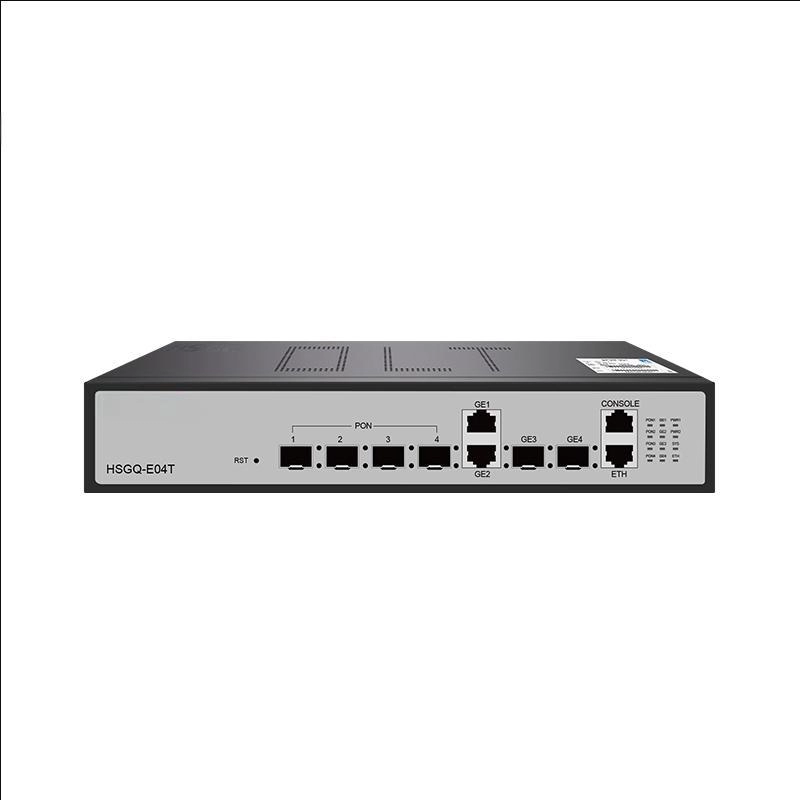
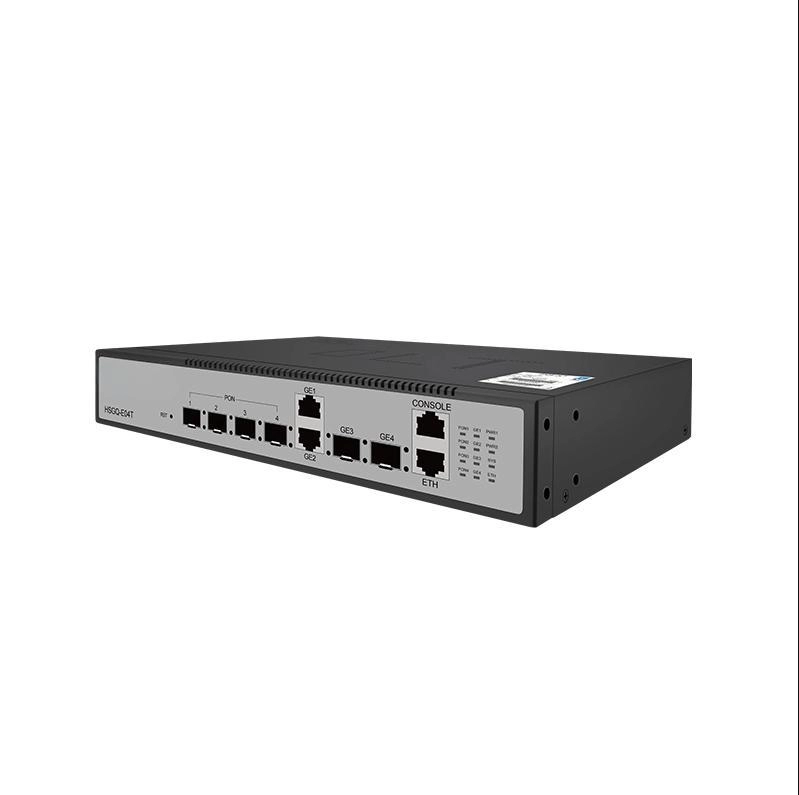

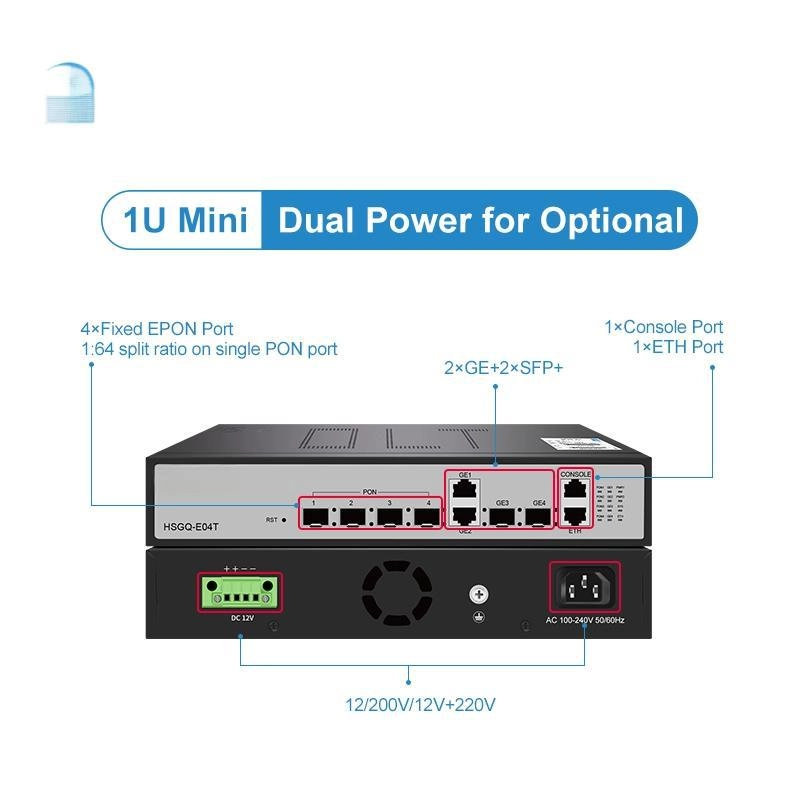
 Product Overview
Product Overview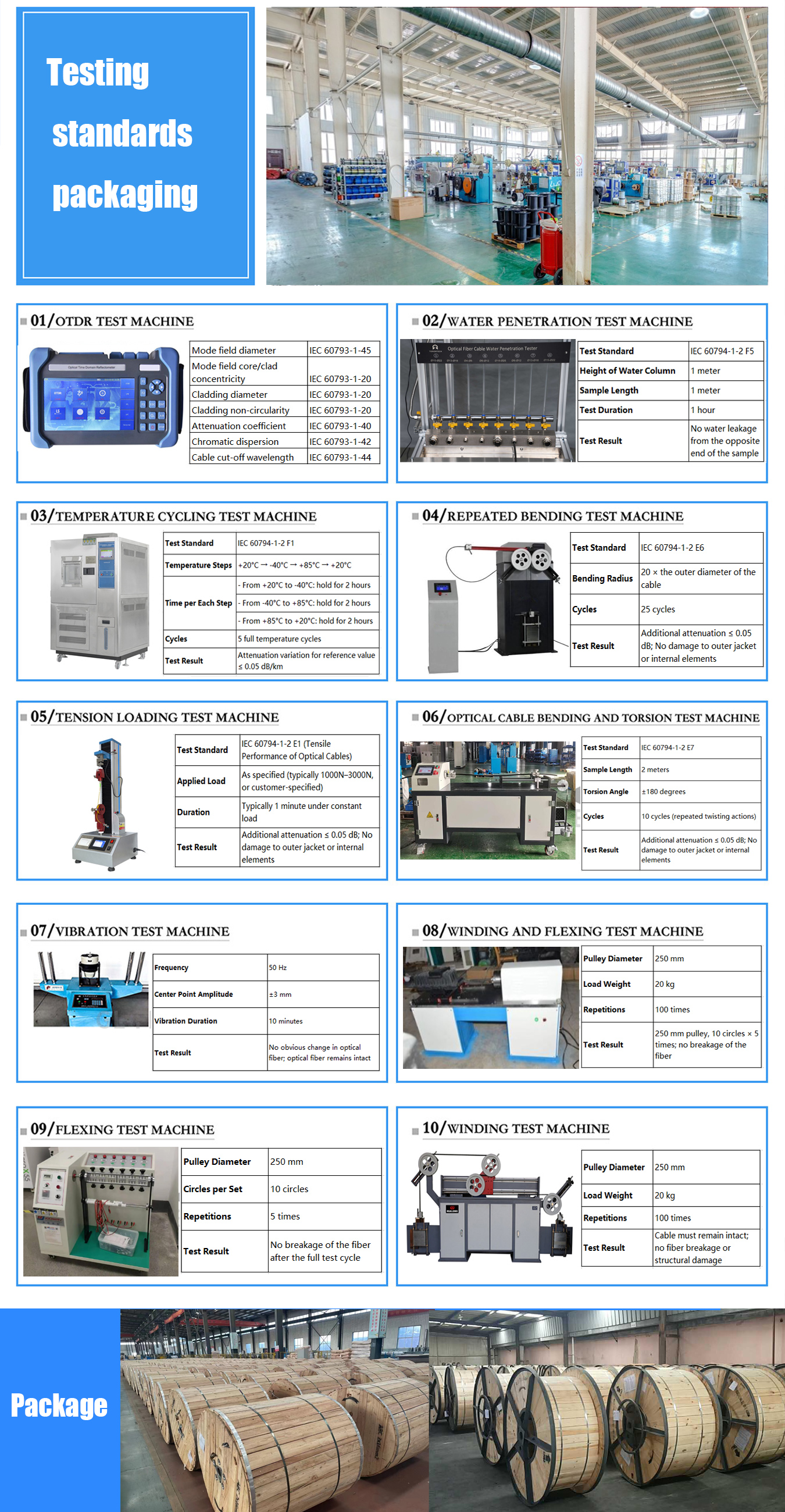
 Return to List
Return to List

